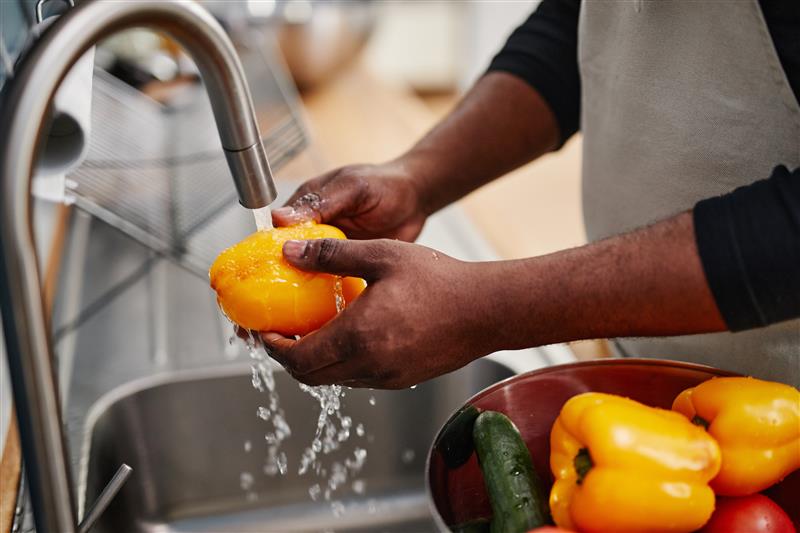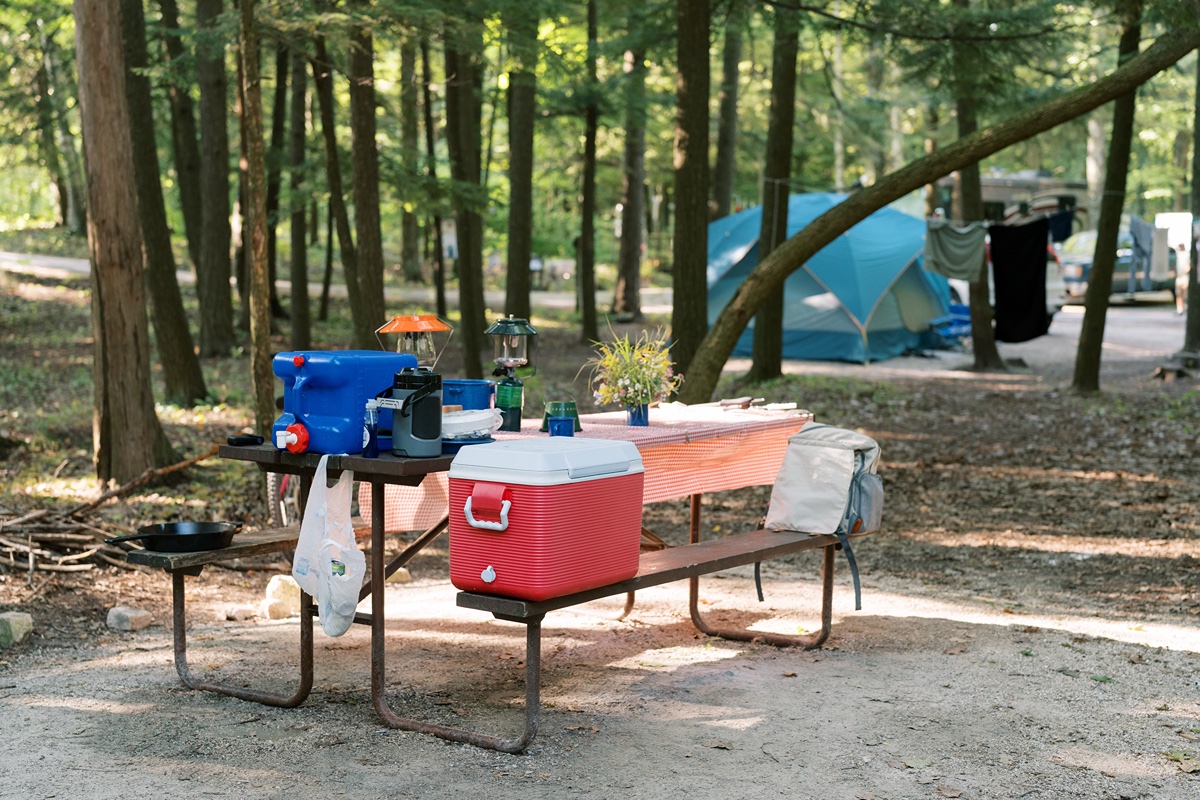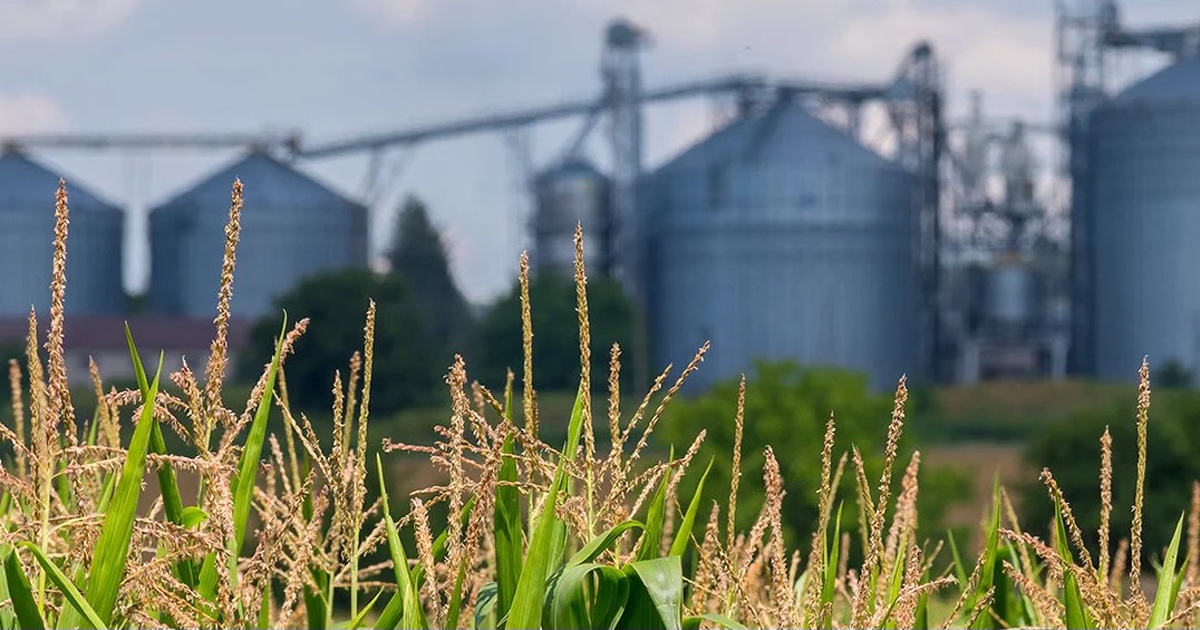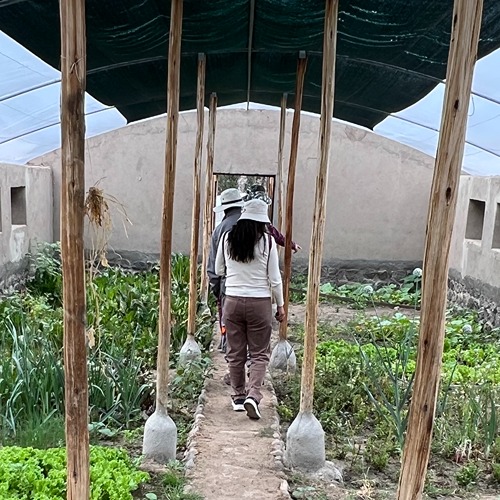The perfect picnic: your guide to food safety in the great outdoors
Picnics bring friends and family together for a day filled with good food and  laughter. However, amidst the fun of sharing delicious meals in the great outdoors, food safety must take center stage to protect everyone from potential health risks. From ensuring proper food preparation at home to keeping dishes at safe temperatures, understanding the basics of picnic food safety is essential. Yaohua “Betty” Feng, associate professor of food science, believes that with a few simple precautions, you can savor every bite.
laughter. However, amidst the fun of sharing delicious meals in the great outdoors, food safety must take center stage to protect everyone from potential health risks. From ensuring proper food preparation at home to keeping dishes at safe temperatures, understanding the basics of picnic food safety is essential. Yaohua “Betty” Feng, associate professor of food science, believes that with a few simple precautions, you can savor every bite.
Food safety starts at home
The foundation for food safety begins with cleaning your hands and with a clean working environment” Feng said.” Beginning your picnic prep at home will ensure your items are all properly cleaned with fresh water in a clean work area."
- Wash your hands thoroughly with soap and water before handling food.
- Wash and prepare fruits and vegetables at home before storing them in an insulated cooler.
- Bring towels, bottled water, a clean table covering, trash bags, ice packs and sanitizing hand wipes or hand sanitizer to clean hands after dealing with raw meats. (In case you do not have access to clean water to wash hands).
Cold means chilled
Before you start packing your picnic, Feng says to identify what foods are perishable and need to be put in a cooler. “Pre-chill perishable items, such as meat, dairy products and salads, before packing them. Then, when you do pack them, use an insulated cooler with ice packs to transport those foods,” she said.
- Transport cold items in an environment with a temperature no higher than 40 degrees Fahrenheit.
- Place uncooked meats in resealable plastic bags or a sealed container to prevent cross-contamination
Keep hot foods hot
As important as it is to keep "cold foods chilled," Feng explains that it is just as essential to keep hot foods hot. "Often people make hot foods, like baked beans, lasagna, macaroni and cheese, and think that they are fine to sit outdoors at the picnic untouched. But that is simply untrue," she said.
Feng suggests keeping these items in insulated containers and wrapping them tightly with foil to maintain warmth. "It would be ideal if you had a thermometer with you so you can check what the temperature is. They should be kept at a temperature that is higher than 140 degrees Fahrenheit which can slow the growth of bacteria," she said.
Handle food with care outdoors
"Many people work hard to prepare for a picnic but throw all caution to the wind when the party starts,” Feng said. “The time outdoors when it is hot is what we call the danger zone and when our food safety skills are most important."
Feng provides some simple steps to ensure that your food stays safe, even in hot weather, for all your guests.
- Keep separate plates and utensils for raw and cooked foods.
- Clean any grills you plan to use beforehand.
- Cover food to protect from insects that can carry and transmit bacteria and viruses. Keeping the food covered also protects it from any external contamination.
- Use a thermometer to make sure that food is thoroughly cooked. Chicken and poultry should be cooked to 165 degrees Fahrenheit, while ground beef (such as hamburger patties) should be cooked to 160 degrees Fahrenheit.
- If the temperature is over 90 degrees outdoors, food should not be left out for more than one hour. The higher the outdoor temperature, the more rapidly the bacteria can grow.
The after-party (AKA clean up)
Feng notes that it is essential to discard any food that was left out on a hot day for over one hour.
Once the event is over, she also recommends putting all used utensils and dishes into the dishwasher to be sanitized appropriately.
By understanding and implementing proper food handling, cooking and storage practices, we can significantly reduce the risk of foodborne illnesses. For more tips on food safety and general health information, visit Feng’s Lab on Facebook and Instagram.








